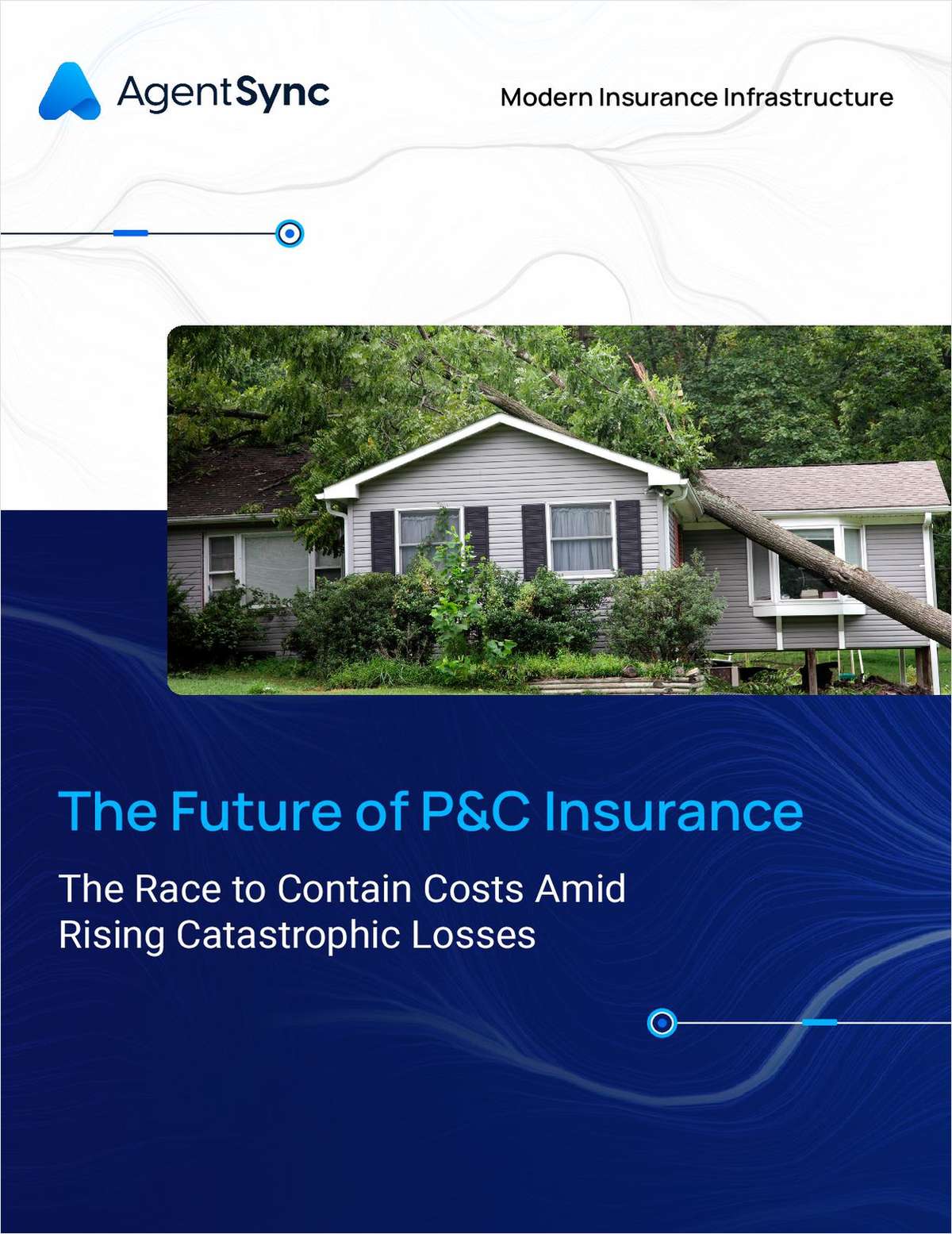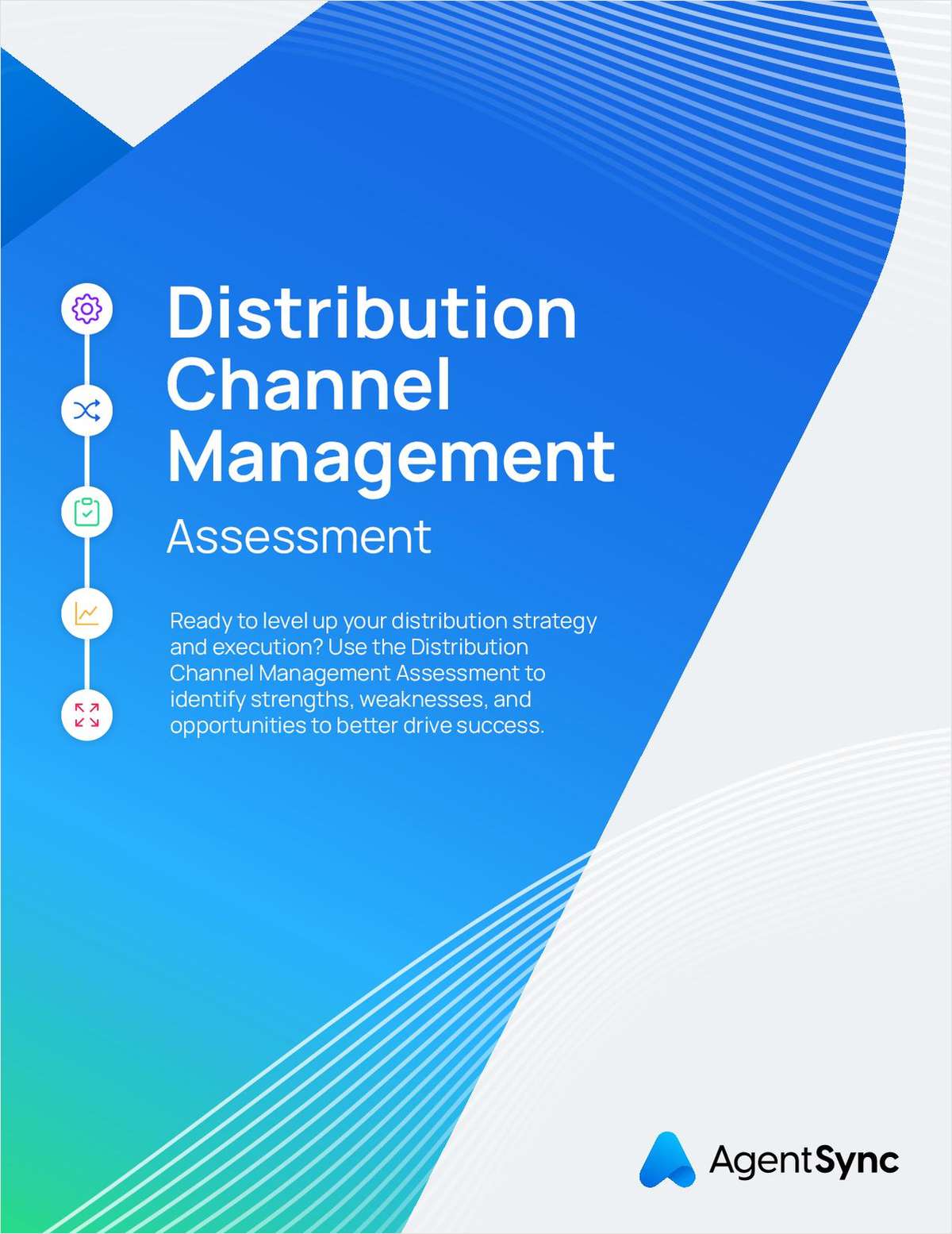Much has changed in the property/casualty insurance market over the last three years as carriers have dealt with the financial collapse and a soft market. The changes have created what the insurance advisory firm Celent refers to as “the new normal.”
Celent recently released its annual survey of insurance IT leaders: 2011 U.S. Insurance CIO Survey: Pressures, Priorities, and Practices and senior analyst Donald Light explained his views on the new normal and what it means to carriers today.
“It's a combination of two kinds of responses [to the recession] that may not seem to be totally compatible with each other,” says Light.
 The first response arose from the acknowledgement from executive staffs or boards that they were in a period of slow growth, according to Light, with low interest rates and lower than expected levels of growth in the objects consumers were insuring.
The first response arose from the acknowledgement from executive staffs or boards that they were in a period of slow growth, according to Light, with low interest rates and lower than expected levels of growth in the objects consumers were insuring.
“[Insurers] need to have their cost structures in place that allow them to make a reasonable return on operations,” says Light. “You can go a year with saying the economy is having a rough patch, but the recognition we saw from the survey and in other conversations is that companies are assuming [the financial woes] are not just a rough patch but a continuation.”
Carriers were not ready to scrap projects, but most felt revisiting decisions in a six-month timeframe made sense.
“There was a possibility they'd be in a distinct phase of economic recovery, in which case everything could be different, but this depended on the headlines in the Wall Street Journal rather than anything the insurance industry could do,” says Light.
The second response for insurers was to look for growth opportunities.
“Opportunities boil down to how do we take market share from competitors,” says Light. “If the pie was growing bigger we could grow by keeping our slice of the pie, but if the pie stays the same or shrinks, you have to take business from somebody else.”
The survey found the top three business issues for IT departments to address are growing the business; ease of doing business with producers; and ease of doing business with customers.
“When you talk about consumers or customers for insurance companies, so many of them use independent producers—both on the life side and the property/casualty side,” says Light. “The producers can put business with a variety of insurance companies.”
Light believes there has always been tension between carriers and agents over who owns the policyholder relationship.
“What we are seeing now is insurance companies are saying they can use technology to walk that tightrope, specifically with mobile applications, which are seen as tools that some segments of consumers are saying they have to have,” he says.
If an insurer doesn't have such tools available, both agents and consumers can view the company as lacking in innovation.
Light maintains there are ways of giving producers insight into what the policyholder is doing, not necessarily in real time, but at a notification level with appropriate disclosure.
“The insurance company can say to the producer that the policyholder is asking questions and here is what's going on,” says Light. “It creates a channel that allows the producer some visibility, as opposed to an opaque channel, which leads to possible distrust or suspicion.”
An area where Light was taken by surprise was the willingness of CIOs to choose Software as a Service (SaaS) solutions on the operational side. Sixteen percent of those surveyed reported SaaS operational apps as well as SaaS enterprise apps were “in wide use.”
Light points out that this doesn't mean SaaS is taking over the entire operation side.
“SaaS is a fast way to get up and running to support [systems],” says Light. “Not all operational systems are running on SaaS, but 16 percent of the companies have some part of the business running on SaaS.”
Light also discovered that 43 percent of respondents will begin investigating or piloting mobile applications in 2011 and 52 percent will do the same with cloud computing.
“Insurance is an industry that has slow and cautious adopters in technology,” he says. “Sometimes that's a good idea. One in six [respondents] says they have no interest in mobile and that doesn't shock me. Some of them have a business model that in the next three to five years there isn't a need for [mobile]. It's a learning and maturation issue, but if their most important competitors have it, that may be time to come around.”
Want to continue reading?
Become a Free PropertyCasualty360 Digital Reader
Your access to unlimited PropertyCasualty360 content isn’t changing.
Once you are an ALM digital member, you’ll receive:
- Breaking insurance news and analysis, on-site and via our newsletters and custom alerts
- Weekly Insurance Speak podcast featuring exclusive interviews with industry leaders
- Educational webcasts, white papers, and ebooks from industry thought leaders
- Critical converage of the employee benefits and financial advisory markets on our other ALM sites, BenefitsPRO and ThinkAdvisor
Already have an account? Sign In Now
© 2025 ALM Global, LLC, All Rights Reserved. Request academic re-use from www.copyright.com. All other uses, submit a request to [email protected]. For more information visit Asset & Logo Licensing.








